The Ocean Is Filling Up With 'Plastic Smog'
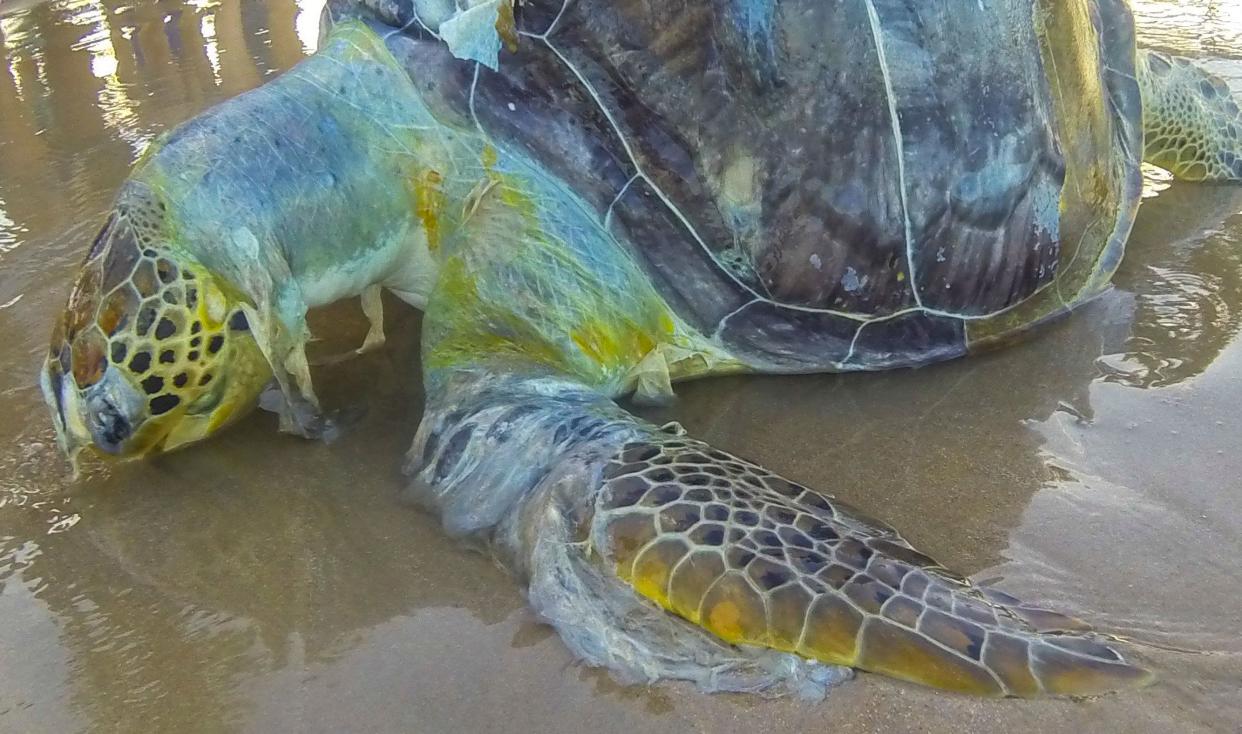
This story is part of a series on ocean plastics.
Every year, billions of pounds of plastic waste ― grocery bags, drinking straws, even cigarette butts ― pour into our oceans. Used by humanity for a few minutes at most, these single-use plastics likely will likely stick around for decades, or longer.
Trillions of pieces of refuse get trapped by natural ocean currents, or gyres, at five locations, causing a dance of debris for hundreds of thousands of square miles. While these gyres, geographically removed from civilization, hold much higher concentrations of trash than other regions of the ocean, they’re evidence of a growing problem humans have mostly ignored since we embraced widespread plastic use 50 years ago. But now, researchers are ringing a warning bell: Our reliance on cheap, disposable stuff is smothering the seas, and it’s bound to get worse.
Marcus Eriksen, a co-founder of the conservation group 5 Gyres, likens this growing horror to smog that covers cities like Los Angeles and Beijing.
It’s an apt description. Over time, a plastic item in the ocean breaks down into many tiny particles, known as microplastics ― so many, in fact, that if you were to stand on the bottom of the ocean in the middle of a gyre and look up, the water overhead wouldn’t look clear, Eriksen said.
“What you’d see are these massive clouds,” Eriksen said. “Clouds of micro- and nano-plastics stuck in the ocean’s gyres.”
Perhaps the smoggiest of these gyres is the Great Pacific Garbage Patch, hovering a few hundred miles north of Hawaii. Reports describe it as a floating island of trash twice the size of Texas, so dense you could walk across it, and so vast you can see it from space. But such descriptions are misleading, scientists say.
“The name ‘garbage patch’ is a misnomer,” wrote researchers at the National Oceanic and Atmospheric Administration’s Marine Debris Program in 2012. “There is no island of trash forming in the middle of the ocean, and it cannot be seen with satellite or aerial photographs.”
Rather, it’s more like a swarm of microplastic bits.

At last estimate, there were some 5.25 trillion pieces of plastic trash floating along the surface of the ocean. Waves, salt and UV radiation from the sun will eventually break down these items into microplastic particles, each less than 5 millimeters long. If you tried to account for not just the large pieces of plastic bobbing about, but also the particles, you’d be looking at a number close to 51 trillion, or “500 times more than the stars in our galaxy,” according to the United Nations Environment Program.
By now, plastic bits are so pervasive they’ve spread to some of the furthest reaches of the globe. Just last month, scientists said ocean plastic has started washing up in the Arctic for the first time.
“It’s on every beach, found in sediment worldwide, a small particulate that’s diffuse throughout the water column,” Eriksen said. “It’s a plastic smog throughout the world’s ocean.”
And, like its airborne namesake, this oceanic haze has not been harmless.
Plastic, It’s What’s For Dinner
Recent studies have linked the growing amount ocean plastic to a host of health impacts in marine creatures.
Dramatic photographs taken in 2011 were among the first to show such devastation: rotting albatross carcasses on Midway Atoll, a remote island in the North Pacific right in the middle of the region affected by the Great Pacific Garbage Patch. The images showed more than a dozen bird skeletons stuffed with colorful bits of plastic. Their stomachs were so full of the material that scientists said the animals died from malnutrition.
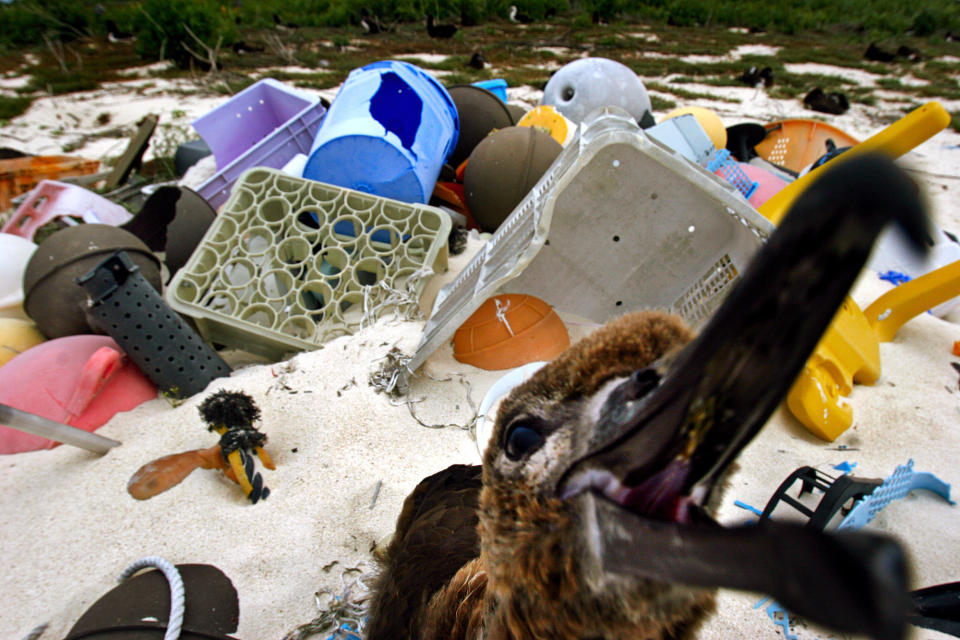
Researchers have since discovered that plastics bobbing in the ocean can pick up scents that marine birds have long associated with food sources. Albatrosses have a sharp sense of smell and will inadvertently gobble up a pen cap that smells like fish, for instance.
These impacts have spread as the trash multiplies. A paper published in 2015 found 186 species of seabirds are now at risk of plastic ingestion. It estimated that by 2050, 99 percent of all seabirds will have eaten plastic at some point in their lives.
Qamar Schuyler, a scientist with Australia’s Commonwealth Scientific and Industrial Research Organization, has documented a similar phenomenon in sea turtles. In a blog written for Greenpeace last year, Schuyler said that during her time as a biologist at The University of Queensland, about 30 percent of the turtles she performed necropsies on had plastic in their stomachs.
Love HuffPost? Become a founding member of HuffPost Plus today.
Related...
9 Life Hacks To Help You Break Up With Plastic
Here's How Long Your Trash Will Hang Around After You're Dead
You're Probably Eating Plastic For Dinner, You Just Don't Know It Yet
This Plastic-Covered Island May Be The Saddest Place You'll Ever See
Schuyler speculated the turtles were confusing things like plastic grocery bags for jellyfish, a primary food source.
But people aren’t eating plastic particles, right?
Actually, science says yes, we are. A recent study found about one-fourth of seafood sampled from fish markets in California and Indonesia had plastic in their guts. While the link between fish entrails and our own stomachs isn’t fully understood (fish guts are usually removed before the fish reaches the dinner table), another study conducted among Europeans who ate large amounts of filter-feeding mussels and oysters found some humans consume up to 11,000 microplastic pieces per year.
It’s unclear what all of this ingested plastic can do to human health. “Our understanding of the fate and toxicity of microplastics in humans constitutes a major knowledge gap,” the U.N. Environment Program noted in a 2016 report.
The Great Ocean Cleanup Fallacy
The vastness of the marine debris problem has prompted dozens of grand repair efforts.
A project called The Ocean Cleanup, founded by an inventor named Boyan Slat when he was 18, aims to create a 62-mile, underwater, V-shaped barrier to trap plastic trash as it floats along ocean currents. Slat said the technology, which he hopes to deploy by 2020, could remove half of the trash from the Great Pacific Garbage Patch within a decade.

But scientists have cast doubt on such plans, saying efforts to clean up what’s already in the ocean are a distraction from the cause of the problem.
“Unfortunately, cleaning up the garbage patches is pretty complicated,” NOAA wrote in a January blog. “Since the debris making them up is not only constantly mixing and moving, but also extremely small in size, removing this debris is very difficult.
Eriksen calls such talk the “ocean cleanup fallacy,” and said efforts should actually focus on industries that create all the single-use plastic in the first place, and the consumers who use it.
Recycling rates in the U.S. have plateaued in recent years, and only about one-third of the country’s waste is recycled, according to the Environmental Protection Agency. Up to 75 percent of the waste stream could be reused if it were disposed of in the proper channels, the EPA said.
In the meantime, trash keeps accumulating in marine waters.
A recent report estimated that by 2050, there could be more plastic in the ocean, by weight, than fish. Eriksen noted that scientists now say the Anthropocene ― the next geological epoch that will be defined by humanity’s impact ― will almost certainly be linked to the prevalence of plastic around the planet.
“How do you define the Anthropocene? Some scientists say black carbon from fossil fuels, others radioactive isotopes,” Eriksen said. “Now people agree ― it’s plastic. It’s gone global.”
Reduce use of all plastic products

“Someone might buy a new iPhone and say, well, since I recycled my old phone with Apple, I’m all good. But Apple doesn’t tell you just how little of that iPhone actually gets recycled,” said Adam Minter, author of Junkyard Planet: Travels in The Billion-Dollar Trash Trade. “People need to stop thinking of recycling as a ‘get-out-of-jail-free’ card. You haven’t actually done anything good for the environment. You’ve just done something less bad.” (More on that below.)
“If we really want to deal with the waste problem we’re facing, we need to think deeper about the nature of consumption itself,” Minter said.
Don't litter
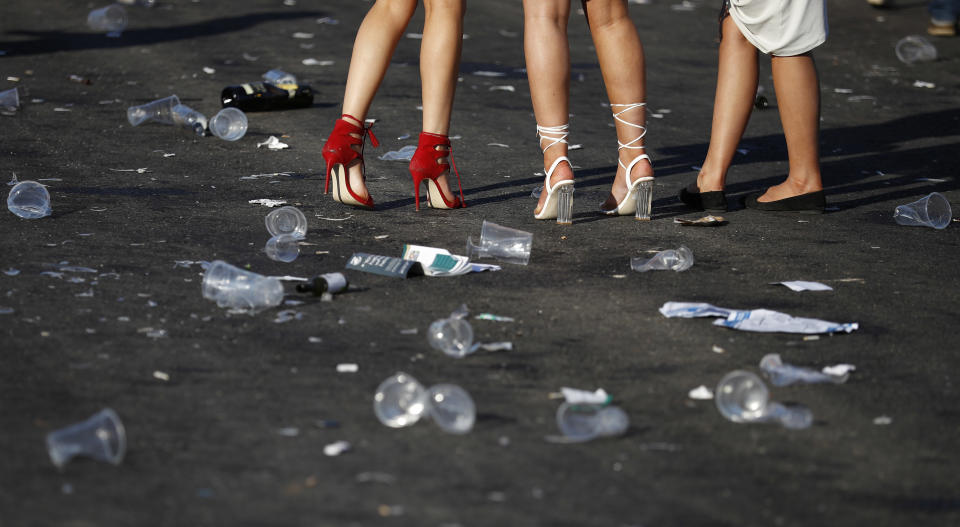
According to Jambeck, mismanaged waste like litter is the number one cause of plastic garbage is the world’s oceans. That plastic bag that got caught in a breeze could end up in a storm drain; that empty plastic bottle left on a beach could get carried out by a tide.
Ocean Conservancy recommends always “taking five” whenever you leave a space to ensure that you’ve collected all your trash and disposed of it properly.
Plastic bags, which often can’t be recycled (more below), are especially prone to becoming litter as they are easily carried away in the wind (yet another reason to not use them!). If you must throw one away though, be sure it’s balled up or weighed down so it can’t easily float away.
Recycle when you can, and do it right
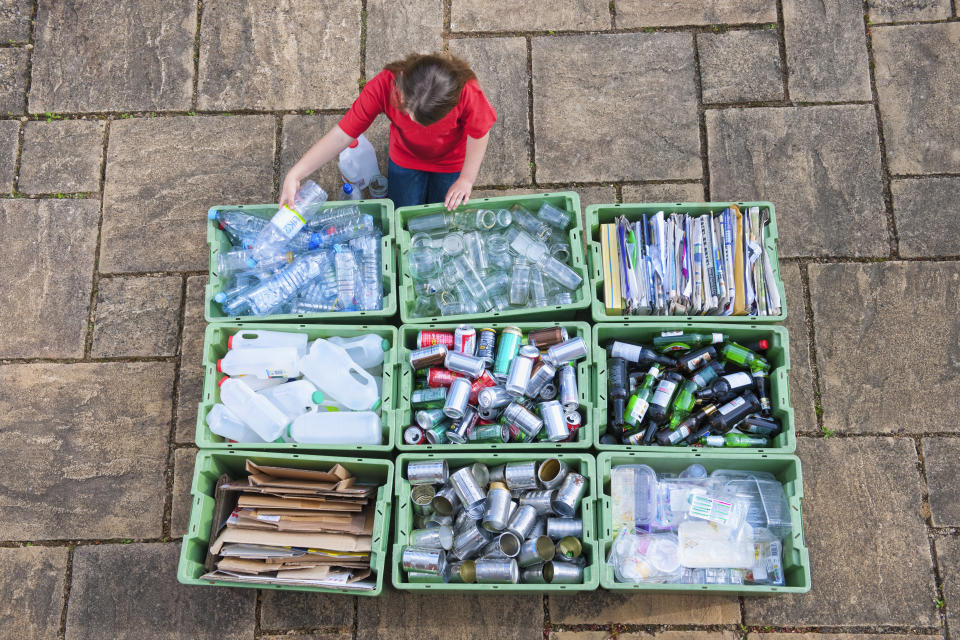
The reasons for these low numbers are manifold, said Darby Hoover, a waste management specialist with the Natural Resources Defence Council. But generally, it boils down to two major problems: one, there are many different kinds of plastics and not all of them are easily recycled; and two, consumers often aren't aware of these differences and therefore don't dispose of plastics in the best way.
“You know that little triangle on plastic products? The little triangle is not an indicator that something is recyclable. Instead, it’s merely a designation — numbered 1 to 7 — of what kind of plastic it is, what polymer that plastic is,” explained Hoover. A number 1, for instance, indicates that the item is made of Polyethylene terephthalate (or PET, for short), a material typically used to make bottles and microwaveable food containers; while a number 2 indicates high-density polyethylene, the stuff plastic grocery bags are usually made of. The most complicated designation is number 7 which indicates all other plastics, including products with a mixture of various plastics in them and also compostable plastics.
Recyclers use these numbers to determine which items can be recycled at their facility and which can’t. Different kinds of plastics typically can’t be recycled together, and many facilities won’t accept certain types of plastic at all, like styrofoam, vinyl and plastic film products like plastic bags and cling-wrap (these products have been known to gum up recycling equipment).
To add to the confusion, local municipalities across the U.S. have differing rules when it comes to recycling plastics. Some might accept type 7 plastics, for instance, but others will not.
“No matter where you live, you have to check the local municipality for their rules,” said Hoover, who recommended reviewing your local city or town website for more information. You also have to continue checking in, she added, as these rules often change without much warning.
Choose non-synthetic fabrics when possible
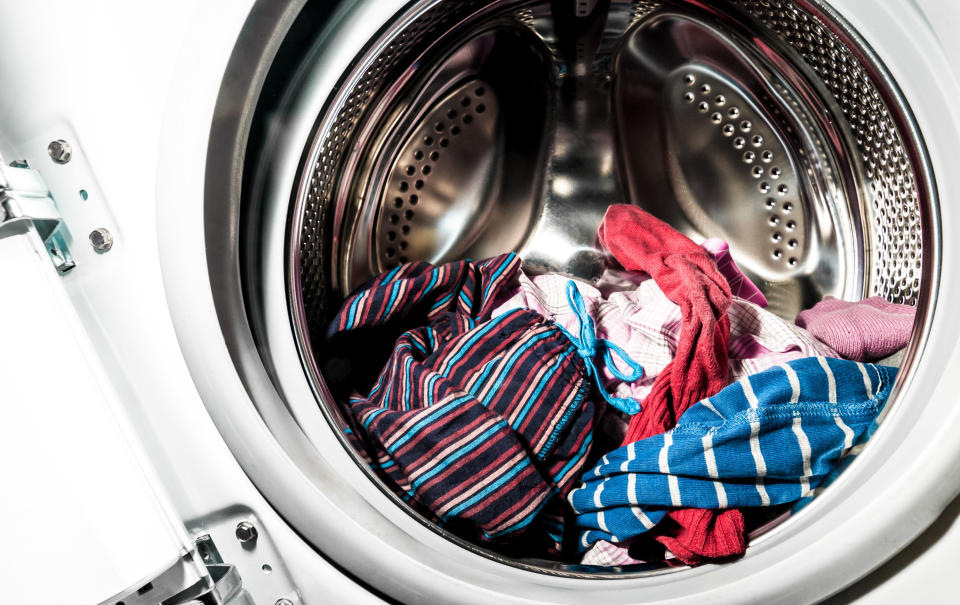
A single cycle of a washing machine could release more than 700,000 microplastic fibers into the environment, concluded one 2016 paper.
Natural fabrics to consider instead include organic cotton, wool, flax and hemp.
Say no to microbeads
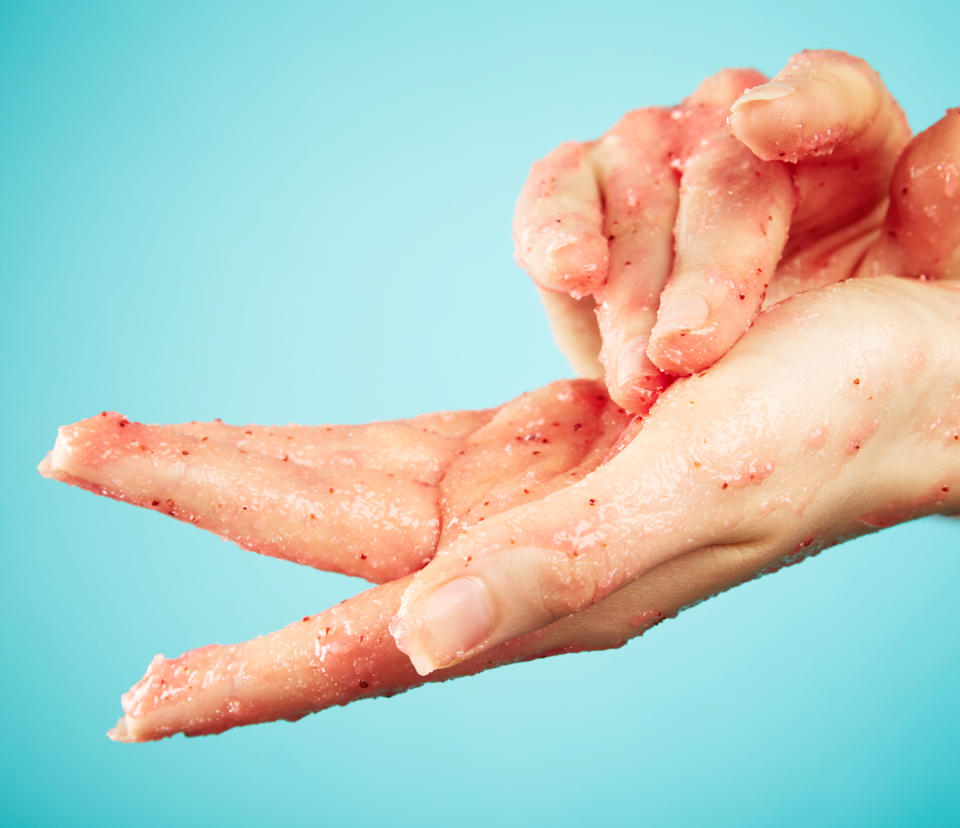
Recognizing the potential risk that microbeads pose to marine environments and possibly human health, several countries, including the U.S. and the U.K., have introduced bans of the substance.
Many of these bans have yet to be enforced, however, and some are limited in scope, so remain vigilant when purchasing products that could have microbeads in them (look out for terms like “exfoliator,” scrub,” “buff” and “polish”).
Visit the Beat the Microbead website to learn more.
Participate in clean-up efforts

In 2017, the cleanup event is planned for September 16 ― but you don’t have to wait till then to do something. Ocean Conservancy has a DIY toolkit to help you organize clean-ups in your own community.
Support plastic bag legislation

Reducing your use of plastic bags is one important way to mitigate this waste problem; but according to Jennie Romer, a New York City lawyer and founder of the website Plastic Bag Laws, another way to make a big impact is to support local, state and federal single-use bag legislation -- specifically legislation that supports the reduction of all kinds of single-use bags including plastic and paper.
Across the country, there are already many ordinances in place related to single-use bags. Last year, California became the first state to ban single-use plastic bags at all retail outlets, and in 2010, Washington D.C. implemented a 5-cent fee for all single-use bags, both plastic and paper. Cities and towns in Texas, Hawaii, Massachusetts and Colorado, among other states, have also embraced single-use bag legislation in some form or other.
For most of the nation, however, plastic and other single-use bags remain widely available. According to Romer, it’s extremely challenging to pass a plastic bag law — or even keep one in place (New York City is a prime example) — due to fierce opposition led mostly by lobbyists from the petroleum and plastic industry. “They fight bag regulations tooth and nail,” Romer said. “And their resources far outweigh that of the volunteers and grassroots community groups that are leading this fight.”
Preliminary evidence suggests that single-use bag legislation can be very effective in reducing waste. In Ireland, for instance, where a plastic bag tax was introduced in 2002, plastic bag use reportedly dropped by more than 90 percent in just a few weeks. In San Jose, California, a 2011 plastic bag ban resulted in a reduction of plastic litter by “approximately 89 percent in the storm drain system, 60 percent in the creeks and rivers, and 59 percent in City streets and neighborhoods,” according to a city report released almost a year after the ban was put in place.
Find out more about plastic bag legislation around the country and how you can get involved by visiting the Plastic Bag Laws website.
Support companies that are thinking of out-of-the-box solutions to reduce, reuse and recycle plastics
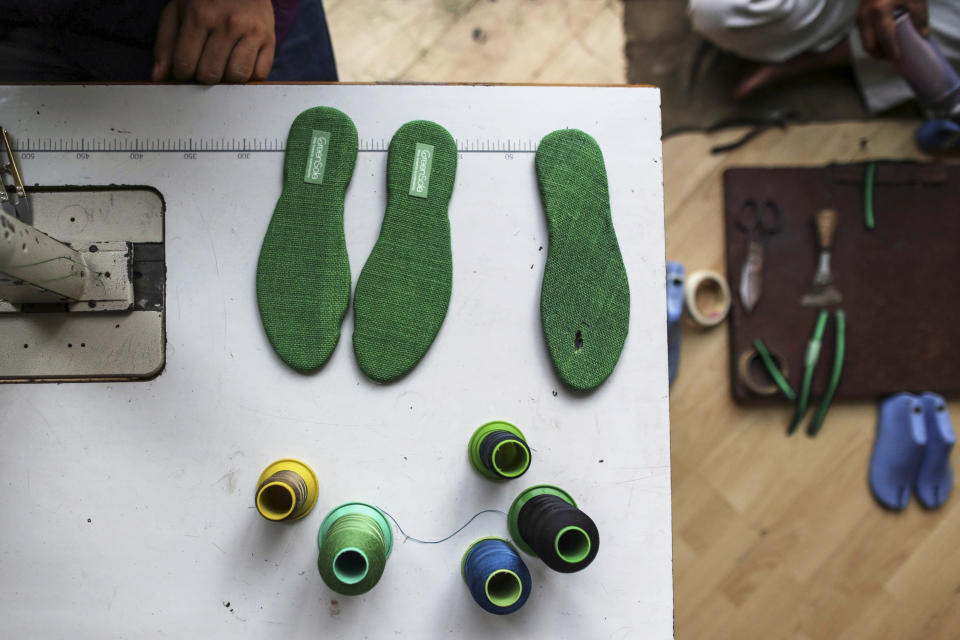
They might be rethinking product design, like this deodorant brand with its reusable, refillable containers; or incorporating recycled materials into their goods, like activewear companies that are turning plastic bottles into clothing or social enterprises like Greensole (pictured) that recycles old shoes into new ones.
There are also companies out there that are attempting to reduce waste across their entire value chain. Take Dell, which is recycling old computers into new ones as part of its closed-loop recycling supply chain. The company has also started harvesting ocean plastics to turn it into packaging material.
Consider also supporting green groups like 5Gyres, Ocean Conservancy and The Ocean Cleanup, which are leading the fight to clean up the world’s oceans.
Engage your family and friends

“This is a critical issue that’s tied up in so many other environmental concerns,” said Minter. “Yet people seem to have an aversion to it. They just don’t take much of an interest. Where’s the Paris landfill conference? You don’t see environmental groups flying celebrities into anywhere to talk about waste.”
The dialogue can begin in your own home and among your own friends. Start engaging your loved ones and your community on this important issue.
Track your progress
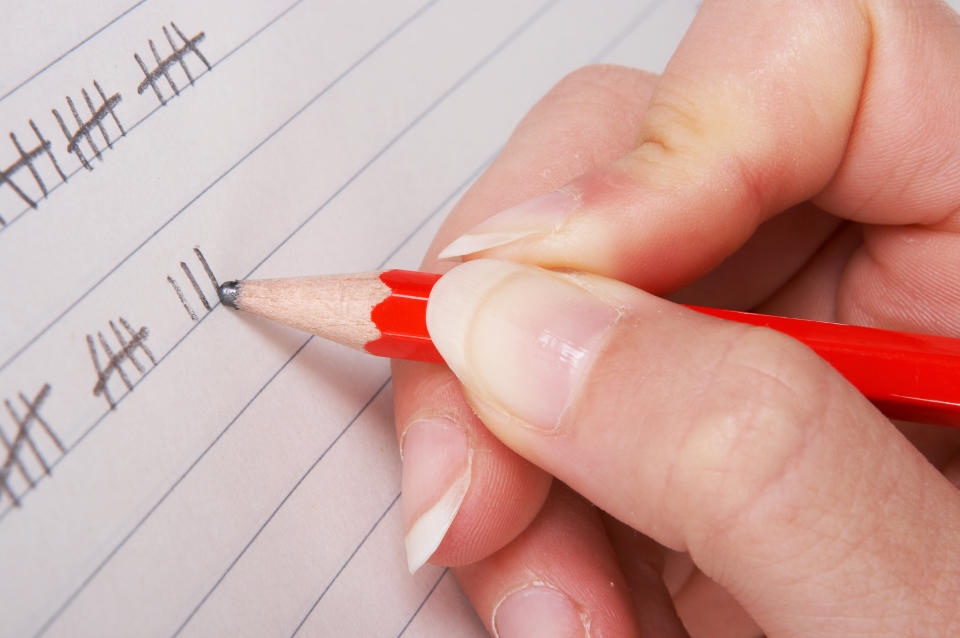
Ocean Conservancy also has a Clean Swell App which lets you track your beach cleanup efforts. It lets you share your progress on social media and to submit data directly into a global ocean trash database.
Also on HuffPost
This article originally appeared on HuffPost.

